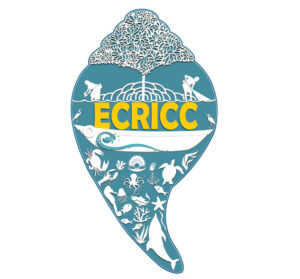Conservation and protection measures for Mangroves in India
The Indian Government and the respective State Governments have taken several steps to protect sustain, conserve and augment mangrove forests in the country through regulatory and promotional regulatory measures. These include :
Promotional Measures
- Central Sector Scheme on ‘Conservation and Management of Mangroves and Coral Reefs’, under National Coastal Mission Programme.
- Under the central sector scheme, Government extend assistance to Coastal State/UTs for implementation of action plans including survey and demarcation, alternation and supplementary livelihood, protection measures and education and awareness activities.
- State Government of Maharashtra has – 1) formed a dedicated Mangrove Cell, for Mangrove conservation, and 2) created a Mangrove and Marine Biodiversity Conservation Foundation for Mangrove and marine conservation,,research and livelihood activities.
- The Governments both at central and state levels, supports research by academic institutions for development of mangrove ecosystems.
Regulatory Measures
- 1976: Government of India set up a National Mangroves Committee in the Ministry of Environment and Forests to advice the Government on issues related to conservation and development of Mangroves in the country.
- 1979:The National Mangrove Committee recommended areas for research and development and for management of the mangroves, nationwide mapping of the mangrove areas combining remote sensing techniques and land surveys, time series to assess the rate of degradation of the ecosystems; assessment of suitable sites for reserve forests, afforestation of degraded mangrove areas; and study of management methods, the ecology of mangroves, their flora and fauna, their microbiology and the biochemistry of organic matter and sediments.
- 1986: Enforcement of Environment (Protection) Act. This act plays a crucial role in the conservation and management of mangrove ecosystems. In its declared Coastal Regulation Zone (CRZ) CRZ norms prohibits the industrial and other activities such as discharge of untreated water and effluents, dumping of waste, land reclamation and bunding is restricted in order to protect the coastal environment. including the mangroves. This Act values mangroves and terms as the ‘most ecologically sensitive category.’
- The National Forest Policy. 1988 lists effective conservation and management of natural forest ecosystems (including the mangrove ecosystem) as a priority area for forestry research.
- The Government of India provided guidance and financial assistance to states and Union Territories for the preparation and implementation of Management Action Plans for the conservation and development of the mangrove ecosystems.
- State governments such as Maharashtra, Goa, Andamans and Nicobar Islands, Odisha have identified potential mangroves areas and designated them ‘protected forests’ or ‘reserved forest’ or ‘bird sanctuary’ or ‘national parks and sanctuaries’ for protection and afforestation of mangroves.
- Mangroves and their species
- Status of Mangroves
- Advantages of Mangroves over other coastal plants
- Mangroves usefulness for wildlife
- Benefits of Mangroves to human communities
- Mangrove’s contribution to the carbon cycle & climate resilience
- Threats to Mangroves and their ecosystem
- Conservation and protection measures for Mangroves in India
- Role of communities in conservation and protection of Mangroves


